When I play shooters, I am a chronic reloader. After downing an enemy or gathering my bearings during a quick moment of downtime, I reload. I use every opportunity to try to make sure my clip is always full. Looking back, I realize where I picked up the habit: playing The House of the Dead and its sequels in arcades as a child.
The House of the Dead games were an arcade staple of the late ‘90s and early 2000s before that market all but vanished. The House of the Dead was originally released in arcades in 1996, the same year Resident Evil was out on home consoles.
The light-gun shooter was an on-rails massacre through a zombie-infested mansion that rewarded teamwork and punished mistakes. It also punished forgetting to engage in its iconic mechanic: shooting off-screen to reload. Often, the fee for trying to shoot an empty clip was death at the hand of a decaying zombie — and another quarter.
That’s no longer the case today. Long past the days of the arcade, interesting console spin-offs like the Wii’s Grindhouse-themed House of the Dead: Overkill have kept the light-gun franchise alive but just barely afloat. And the latest House of the Dead Remake doesn’t do much more.
The House of the Dead Remake Review: Bare Bones
The House of the Dead Remake on Nintendo Switch is a hefty remaster of the original game, keeping the core four levels and bosses the same but adding new graphics, voice work, and sound effects. There are new bells and whistles like achievements and a photo mode, as well.
The modernization here is nice, and the additions feel in line with the campy script, still intact from the original zombie shooter. However, the overall package feels light and offers little to entice newcomers to The House of the Dead franchise.
Difficulty is rebalanced and split into Easy, Normal, and Hard mode options, but you can also choose to play with the original Arcade Mode balancing. The House of the Dead Remake includes an additional gameplay mode as well. Horde Mode is similar to the base experience, but each encounter with a group of zombies increases the horde size to a ridiculous degree. This might make it seem like a “hard mode” of sorts, it actually lets you score more points faster than at easier difficulties.
When you start a campaign, you can choose between classic and modern scoring modes. The modern mode rewards you with more points for chaining kills into combos, a refreshing and more forgiving take on the system.
This $25 package is not designed to munch your quarters. In all modes, you are given 10 Continues and after you run out, each consecutive Continue costs 5,000 points. On higher difficulties, it’s not hard to burn through lives quickly — especially if you are playing solo.
Multiplayer co-op has always been the name of the game in House of the Dead and the local co-op options in the Switch remake emphasize this historical importance. However, it stays faithful to the classic, only letting two players in on the action at once.
The elephant in the room here is the Switch exclusivity. It feels like a choice made for the same reason the second and third House of the Dead games were remade and repacked only for the Wii. Light-gun games are a logical fit for Nintendo’s motion control enabled consoles.
This was true of the motion-sensing in the Wii-mote and it is true of the gyroscopes in the Joy-Cons today — at least on paper. In practice, using Joy-Cons in place of a light-gun has many technical drawbacks. Inconsistency plagues The House the Dead when you try and play it as a motion game mimicing the arcade experience.
Joy-Con drift is a common issue among Switch owners and it is one that — even in cases like mine, where it is slight enough to play through — can ruin a game like this. If you’re lucky enough to not experience any drift, the motion controllers in the Joy-Cons can feel fine, although using the face or trigger buttons to shoot is nowhere near as satisfying as doing so on an arcade light-gun — or frankly even a mouse.
Binding the re-centering of the cursor on one of the face buttons honestly feels like a necessity more than a bonus, given how much you’ll need to re-center even using a working Joy-Con. It just doesn’t work as well as we had hoped, luckily it is not the only way to play.You can play in handheld mode using the sticks, or with a Pro Controller. Both feel more precise but less engaging than sticking to just gyroscope controllers.
I found the best compromise was to use gyro controls with the two Joy-Cons, while also using the left analog stick to make minor adjustments to my sweeping motions. To the game’s credit, there are plenty of customizability options that let you find the control scheme that best suits you.
As a piece of game design, the first House of the Dead is lean by today’s standards. A playthrough of the four levels will barely clock in at an hour, and while there is some replay value here, you really are doomed to repeat the same hour of content over and over.
Each level features citizens to save and secret doors to shoot that will give you point bonuses, extra lives, and access to hidden paths through the level. There is some complexity to how you proceed but the end result is almost always the same, the exception to the rule being the branching ending that takes into account all of the decisions you’ve made. These hidden bonuses further incentivize playing with a buddy, as you often don’t have time to shoot the incoming enemies and search for intractable background objects at the same time.
Nothing about the design of the game has been modernized. It remains a simplistic corny choose-your-own-adventure tale that doesn’t have much depth to speak of — either with its world or characters. It’s an exercise in tone that understands camp but might leave newcomers unimpressed in its brevity. There simply isn’t very much to do in The House of the Dead Remake.
It’s a shame because it almost feels that for a slight upcharge, this could have easily been a collection of two or three games for $30 or $40, Tony Hawk’s Pro Skater style. The remake for the second game is still conceivably in development, and considering they were announced at the same time, it is not untenable to think maybe this was once the plan.
Development has slowed for many reasons over the past couple of years, and it’s not surprising to think that a larger project might have split in order to ship something. Regardless of these factors, we wish the asking price was a little lower for such a short game.
The House of the Dead Remake Review — The Bottom Line
Pros
- New sound effects and voice acting stay true to the spirit of the original.
- Offers plenty of controller and difficulty customization.
- Still a blast with a friend.
Cons
- The motion controls are sometimes not as accurate as needed.
- Extremely short.
- Kinda just wish it was on the Wii.
The House of the Dead Remake will be a fun zombie shooting romp on rails for about an hour for anyone but the most hardcore fan of the series. A friend is required to make the most of this hour, though. While you have them at the door, maybe ask if they’ll chip in for half of the game’s price tag too.

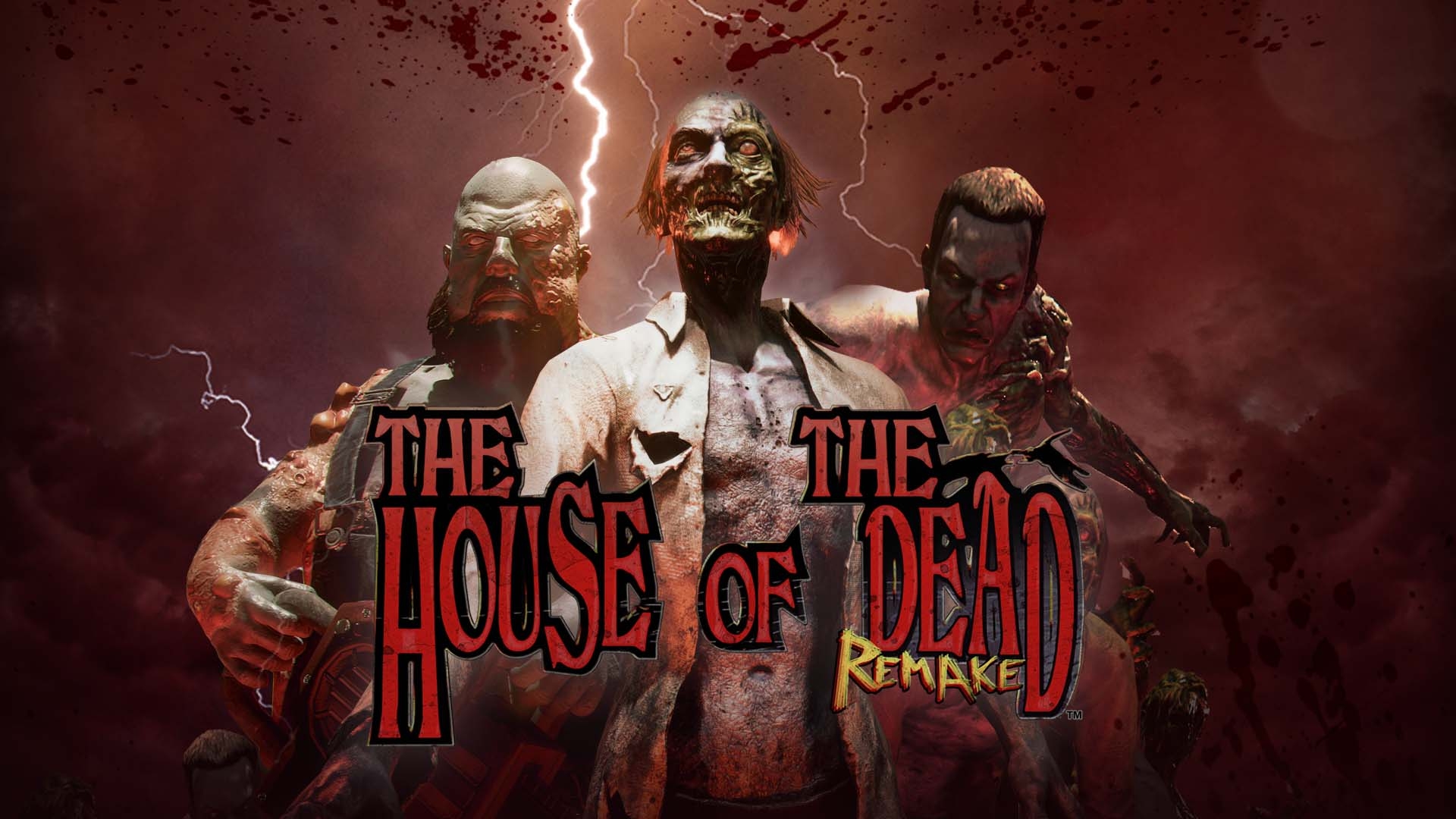
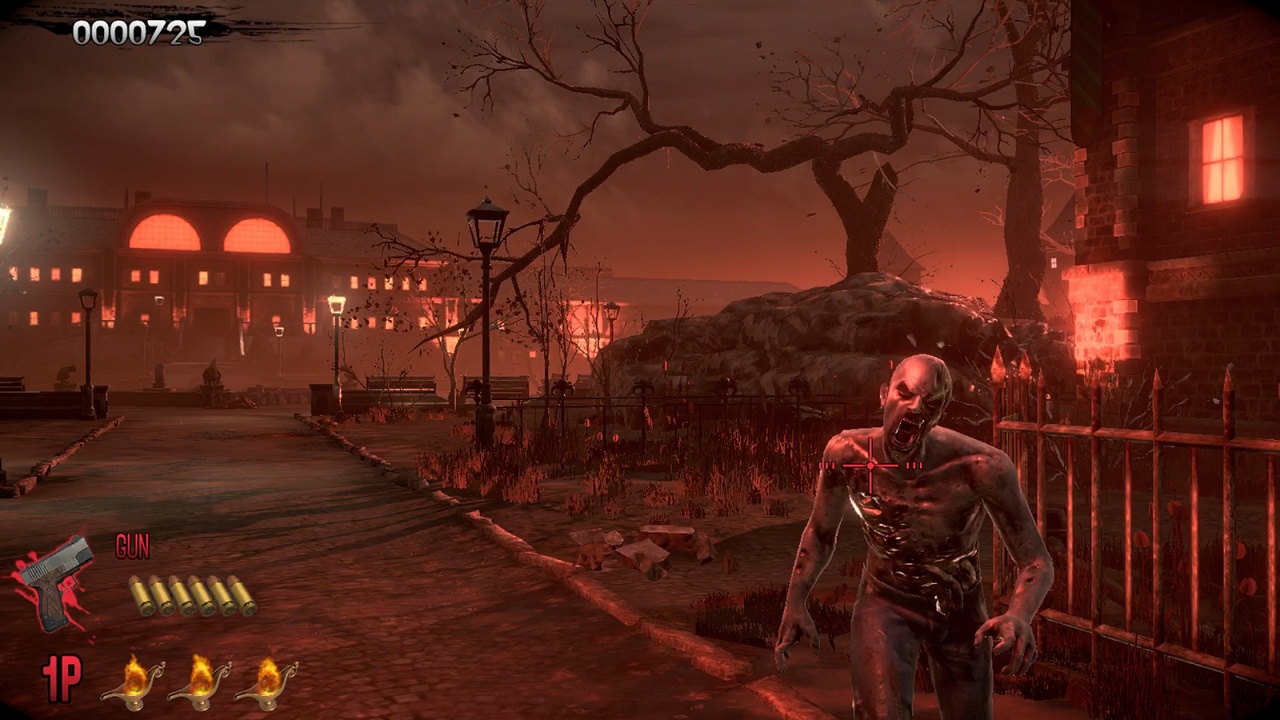
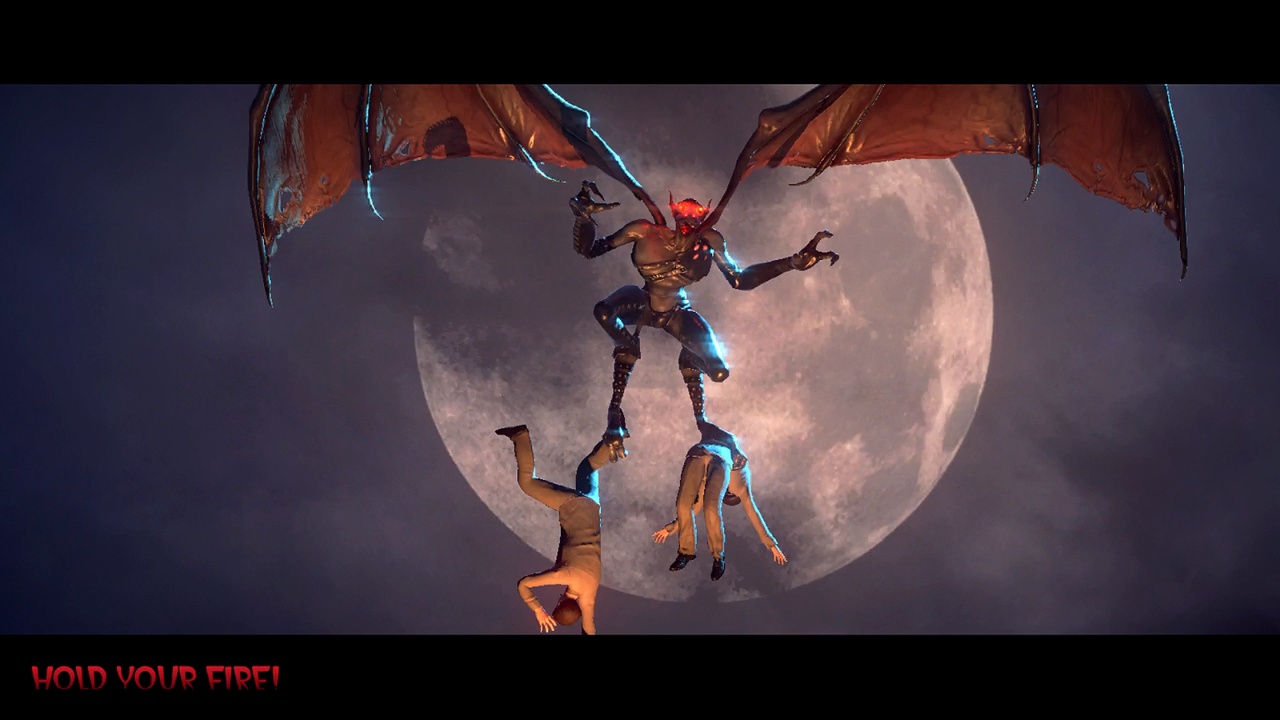
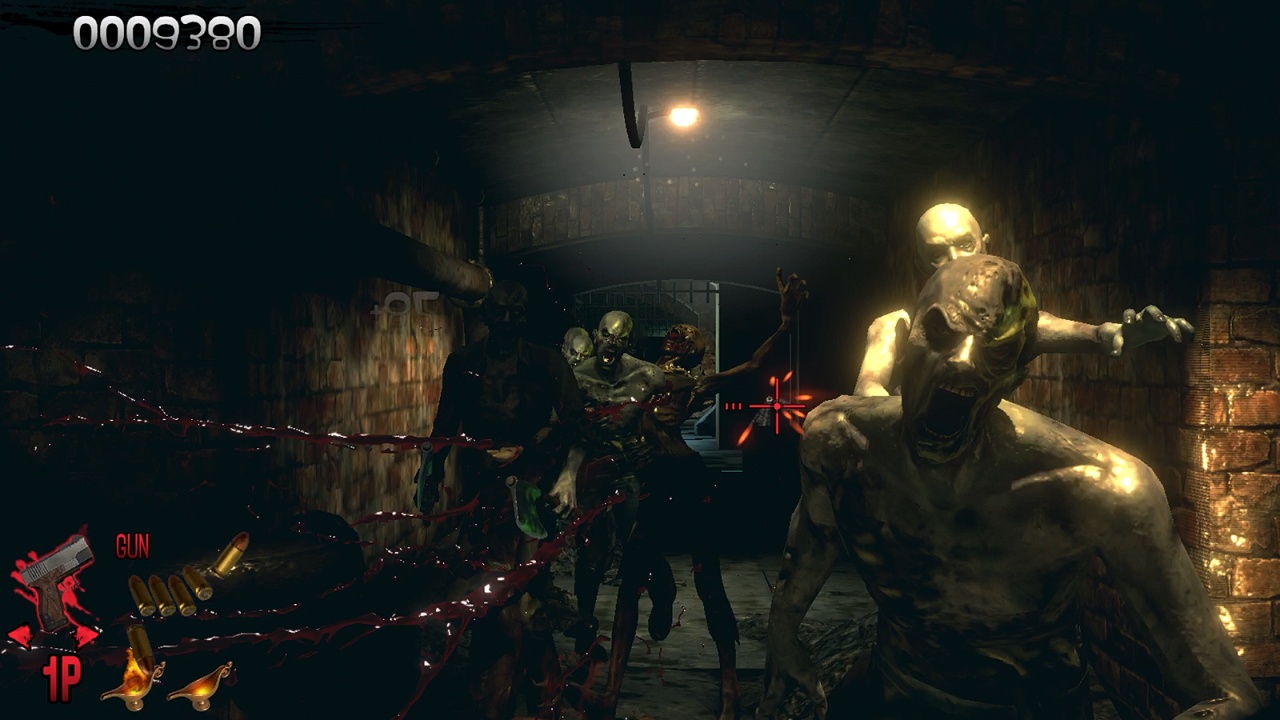
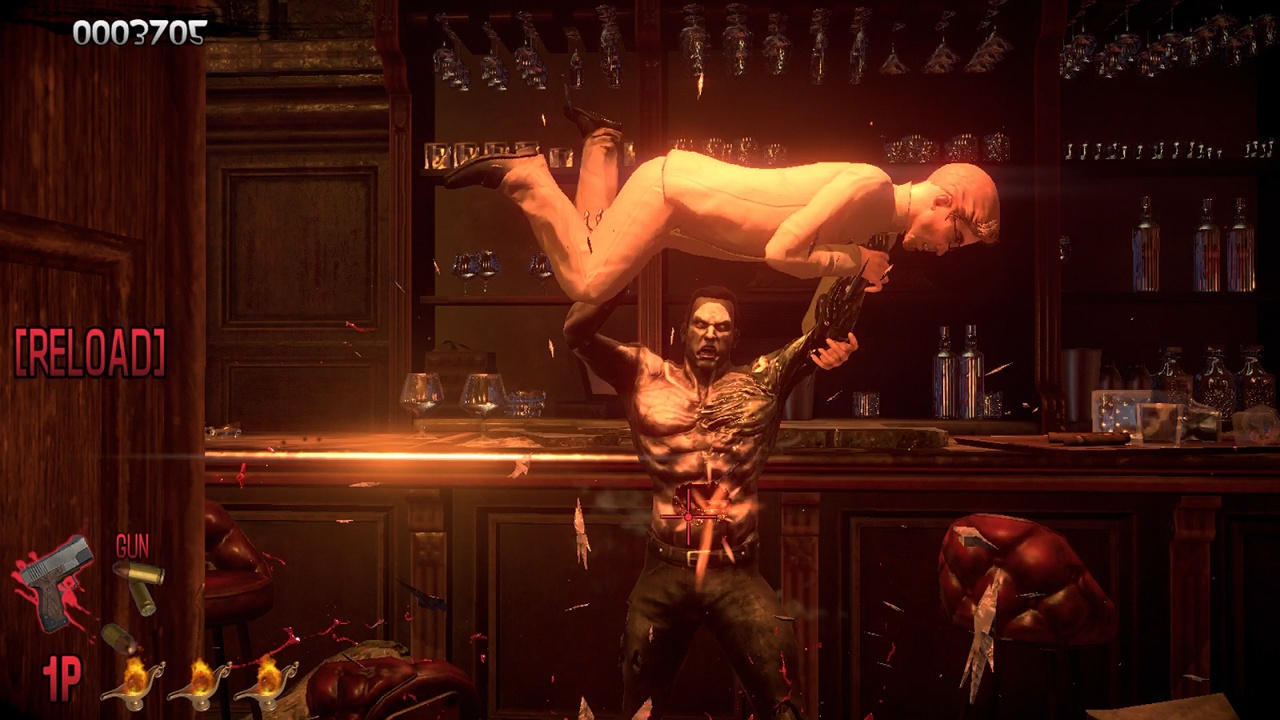





Published: Apr 5, 2022 06:15 pm